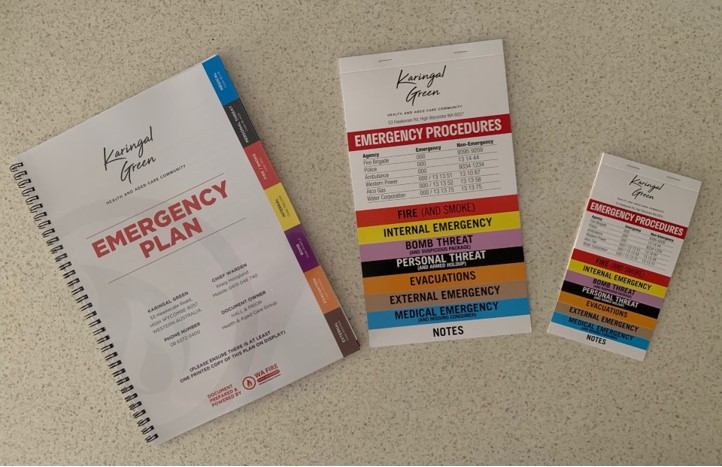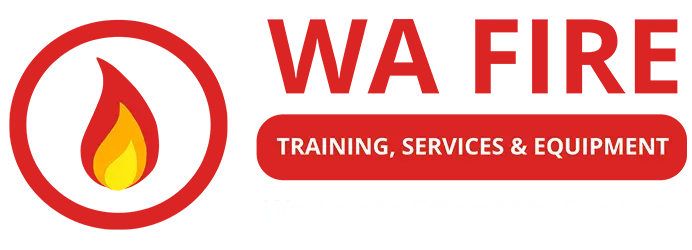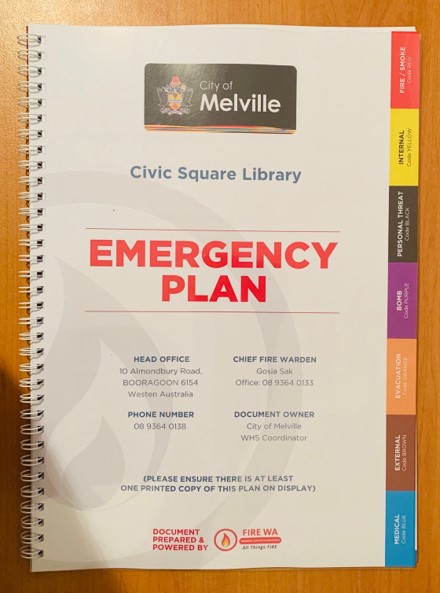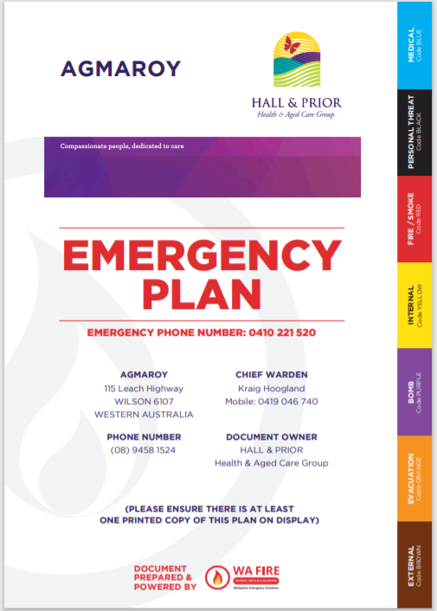In an emergency, it is vital that all employees are clear about what actions and procedures must be followed. We share 5 simple tips WA Fire will use to create a workplace emergency response plan.
Workplace emergency response plan
Emergency plans result in a succinct summary of emergency response workplace procedures that enable the ordering of crucial actions each person in your organisation must carry out when an emergency situation occurs. Having a succinct plan makes sure it will be safer and easier to act correctly, in order to prevent the emergency situation from being even more serious for your staff, your facility and the environment.
Here are the 5 key items we look at for workplace emergency management:
1. We analyse threats and risks:
The building in which your organisation operates must be analysed, both externally and internally. In this way, the elements that could generate additional risks in the event of an emergency can be identified. For a correct evaluation it is necessary to:
- Review the environment in which the workplace is located: If in the surroundings there are electricity poles, deposits of dangerous materials, or other elements of risk, these could ignite or even endanger your staff in the case of evacuation.
- Consider the distance between emergency services and the organisation: Knowing this will make it easier to estimate response times and how long it may take for emergency crews to attend the scene of the accident.
- Identify which are the safe areas of the building: Also determine the accessibility of fire protection equipment, emergency lights, first aid kits, etc. These should always be at hand.

2. Evaluate available resources:
Having an inventory of resources will allow you to know what you have on hand and what improvements the organisation can implement. Our expert team will carry out an evaluation and may recommend to:
- Make an inventory of the safety elements in your organisation (fire extinguishers, fire blankets, first aid kit, etc.)
- Define the extra resources needed, both to avoid and to deal with an emergency situation.
- Determine where safety equipment needs to be installed.
3. Define actions and support groups:
This step involves determining the operational actions needed to carry out the workplace emergency response plan. For this it is necessary for WA Fire to:
- Determine evacuation exits in your facility.
- Establish escape routes and highlight them with their respective signage.
- Define muster points and safety zones.
- Agree on the type of signal that will activate the emergency plan and how it will be executed internally.
- Establish fire and area wardens that are in charge of operational actions, as well as the coordination of evacuation.
- Train workers to serve as support for both risk prevention and the implementation of the Emergency Plan.
4. Put the workplace emergency response plan on paper:
Your organisation must have a diagram of the building, where the information that has been collected is displayed graphically and is available to all staff.
5. Disseminate and evaluate:
For the workplace emergency response plan to really work, it must be shared with all collaborators. This way they will know what to do and how to react in an emergency. In addition, WA Fire will assist your business by collecting proposals or improvements from your staff. For this you will need to carry out the following:
- Listen to the opinions of your staff regarding the emergency response workplace procedures.
- Determine a timeframe of evaluation of the Plan, at least once a year, to study possible changes, especially if business grows to include infrastructure changes in your facility.
Contact us today for workplace emergency management consultancy services
Feel free to contact the team at WA Fire for workplace emergency management consultancy and documentation services.


